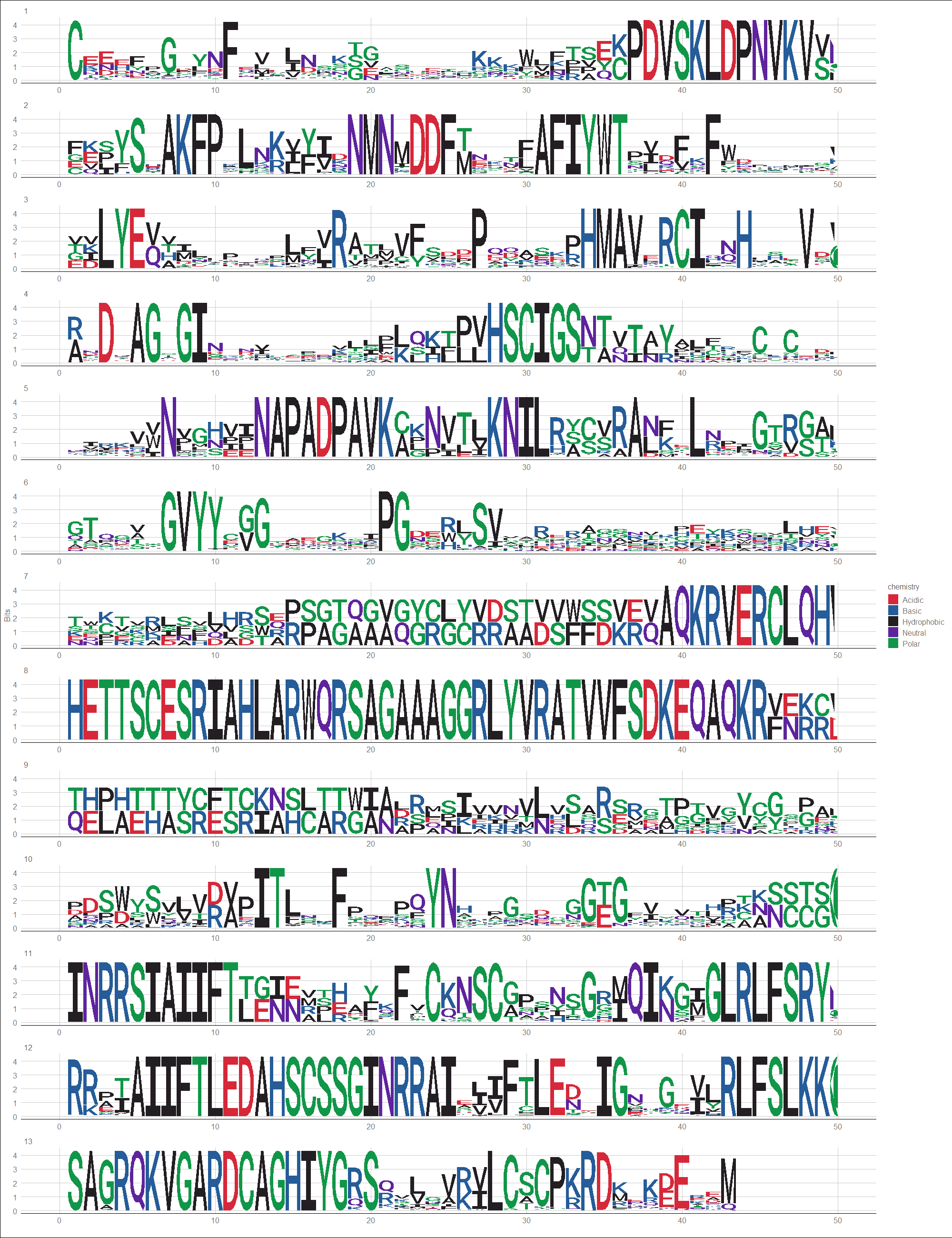P53
- Domain
- P53 domain
- Group
- Beta-Scaffold Factors
- PFAM
- PF00870
- Desciption
- P53 is a tumor suppressor gene product; mutations in p53 or lack of expression are found associated with a large fraction of all human cancers. P53 is activated by DNA damage and acts as a regulator of gene expression that ultimatively blocks progression through the cell cycle. P53 binds to DNA as a tetrameric transcription factor. In its inactive form, p53 is bound to the ring finger protein Mdm2, which promotes its ubiquitinylation and subsequent proteosomal degradation. Phosphorylation of p53 disrupts the Mdm2-p53 complex, while the stable and active p53 binds to regulatory regions of its target genes, such as the cyclin-kinase inhibitor p21, which complexes and inactivates cdk2 and other cyclin complexes [PMID: 20066118, PMID: 12629332, PMID: 1397838, PMID: 6544917, PMID: 19826090, PMID: 19776744, PMID: 6278740, PMID: 221923, PMID: 6318442, PMID: 20030809].This domain is found in p53 transcription factors, where it is responsible for DNA-binding. The DNA-binding domain acts to clamp, or in the case of TonEBP, encircle the DNA target in order to stabilise the protein-DNA complex [PMID: 11780147]. Protein interactions may also serve to stabilise the protein-DNA complex, for example in the STAT-1 dimer the SH2 (Src homology 2) domain in each monomer is coupled to the DNA-binding domain to increase stability [PMID: 9630226]. The DNA-binding domain consists of a beta-sandwich formed of 9 strands in 2 sheets with a Greek-key topology. This structure is found in many transcription factors, often within the DNA-binding domain.
- Rederence
-
- https://www.ebi.ac.uk/interpro/entry/pfam/PF00870/
